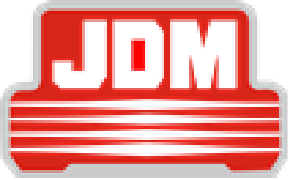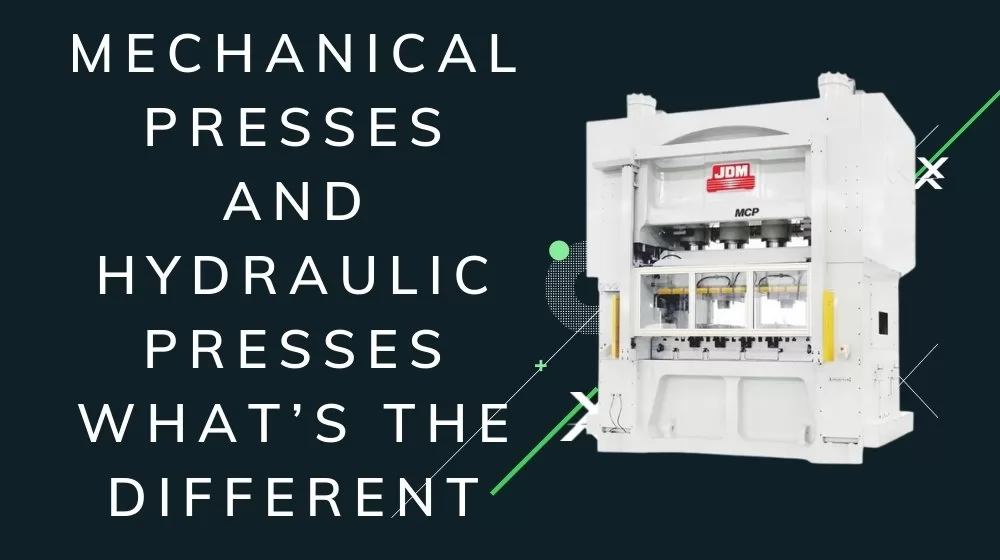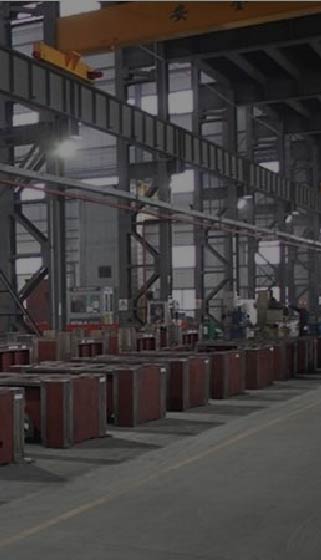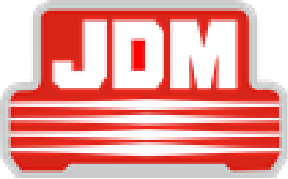








Nowadays there are very many different types of products on the press market, and there are many mechanical presses and hydraulic presses for the majority of buyers to choose from. So how should you choose between mechanical and hydraulic presses? What is the difference between mechanical presses and hydraulic presses? As a professional punch press machine manufacturer, JDM will take you to understand this knowledge through this article.
Mechanical presses are divided into two types: curved-arm type (presses) and screw type (friction presses, cool-action presses).
Crank-arm presses are presses that use a crank linkage as the working mechanism. The crank press is the most commonly used cold stamping equipment with simple structure, easy to use, smooth action and reliable operation, and is widely used in stamping, extrusion, die forging and powder metallurgy processes.
It is characterized by fast running speed, high working efficiency, fixed and non-adjustable working stroke, and overload operation is strictly prohibited. Generally used for punching, punching, stretching, etc.
Friction presses are driven by a friction wheel to transfer force by inertia rotating the screw.
The characteristics are: unrestricted within the effective working range of the screw, high transfer pressure, and moderate work efficiency. Generally used for material straightening; simple forming; die-casting line cavity forming, etc. Double-action presses are mainly used for stretching and forming work, which relies on the direct transmission of force by the screw.
Fast operation
High efficiency
Low cost of construction
Simple control section
Easy to maintain
Smaller working table
Increase its power transmission is generally equipped with a counterweight wheel (flywheel) larger, noisy operation, high vibration.
Hydraulic press is a kind of general-purpose press with delicate structure. With a wide range of uses, high production efficiency, hydraulic presses are loaded smoothly and can be widely used in cutting, punching, dropping, bending, deep drawing, shaping, riveting and forming processes. By applying strong pressure to the metal billet to make the metal plastic deformation and fracture to process into parts. Mechanical presses, on the other hand, have a large impact force and are more suitable for separation processes such as punching and cutting.
Hydraulic presses are used to transmit power through hydraulic actuators in a control circuit by means of a fluid with pressure generated by a hydraulic pump, and the fluid mediators are water, emulsion; hydraulic oil. Features are large working pressure, smooth operation, work stroke can be freely controlled by a wide range of adjustment, a large working space, moderate work efficiency, can complete most of the work of mechanical presses, a wide range of applications. The configuration of hydraulic presses is more complicated, and slightly larger presses are generally equipped with independent pumping stations, and the control parts and circuits are more complex and relatively expensive.
Because hydraulic presses have many advantages, they are widely used in industrial production. Especially in the forging and stamping production has a long history of application, for large pieces of hot forging, large pieces of deep drawing process, but also its superiority.
With the rapid development of the plastics industry, it has occupied a very important position in the plastic molding process, is the processing of thermosetting plastics, rubber products and tetrafluoroethylene cold blanks, such as the main press molding machinery, and can process long glass fibers and sheet fillers of hot homogeneous plastics, the physical properties of its products and mechanical properties better than the injection molding products
It is easy to obtain the maximum pressure
Easy to obtain a large working stroke
Easy to obtain a large working space
Pressure and speed can be steplessly adjusted
Standardization of hydraulic components
Hydraulic components have been used, standardized and serialized, which bring convenience to the design and manufacture of hydraulic presses, and the hydraulic operation is convenient for the realization of remote control and automation.
Due to the use of high-pressure liquid as the working medium (mechanical oil or emulsion), thus requiring high precision of hydraulic components, the structure is more complex, the adjustment and maintenance of the machine is more difficult, and the current leakage of liquid is difficult to avoid, not only pollute the working environment, waste of pressure oil, and the risk of fire when applied in the hot processing field.
There is pressure loss in liquid flow, so the efficiency is low. The efficiency is especially low in high speed movement, so the fast small hydraulic press is not as simple and flexible as the crank press.
Mechanical presses are fast, but the pressure is not as great as hydraulic presses. Hydraulic presses have high pressure but slow speed.
Compared with mechanical press, hydraulic transmission has a large power/mass ratio, easy stepless speed regulation and overload protection, flexible and convenient layout and many other technical advantages
From the aspect of mold, hydraulic press is suitable for large, complex, precision automotive sheet parts, especially with "stretching" function. It is suitable for large cover parts, door parts, etc. of automobiles. Its characteristics are better than mechanical presses in terms of denseness and stability of product structure and dimensions. Maintenance is easier than mechanical presses because of the standardization of hydraulic parts and the high maturity of theory. For example, you can find the problem from a hydraulic schematic diagram to follow the diagram of the wings. Just insist on using genuine hydraulic oil. The efficiency problem is two problems, incomparable.
Mechanical presses generally rely on punching force, the pressure stroke is generally about 5 mm. Hydraulic press is lasting force, pressure stroke and cylinder stroke the same.
Mechanical high efficiency, speed, the resulting pressure is small, overload is likely to cause accidents. Generally press thin parts. Hydraulic press is the opposite.
Mechanical press has high efficiency, but vibration and noise are larger; hydraulic press solves the problem of reducing vibration and noise, but the efficiency is low.
The general pressure of mechanical presses is a little smaller. The advantage of mechanical press is inertia speed, punching volume; hydraulic press is to rely on the pump to pressurize.
JDM is a leading manufacturer of stamping and punching machines in China, providing top quality high-speed presses and mechanical presses worldwide. If you have more questions and needs, you can visit our press website or contact us to talk with our professional technical team and sales team.






